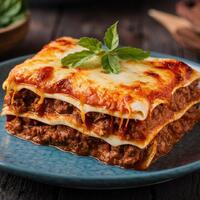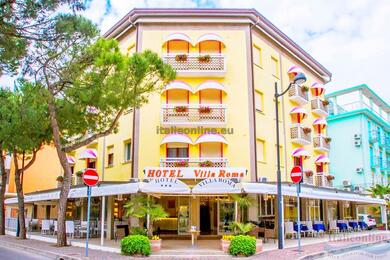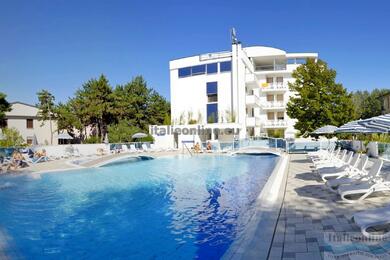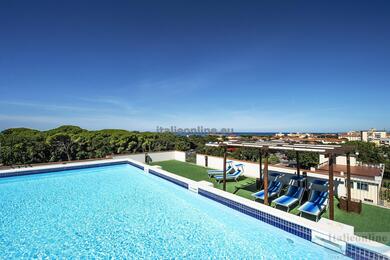Porticoes (arcades) began to appear in the Middle Ages, when the city was experiencing population growth and the expansion of buildings towards the streets. They were originally built as extensions to private houses to provide more living space.in 1288, the Bologna City Council decreed that all new buildings must be built with porticoes to provide pedestrian comfort and public shelter. This made porticoes an integral part of the city's infrastructure.
Porticoes serve as covered walkways that allow pedestrians to walk through the city with dry feet on rainy days and provide shade on hot summer days. They are also a place of meeting and social life. Many shops, cafes and restaurants are located beneath them. They provide space for markets and street artists.
The porticoes also contribute to the aesthetic harmony of the city. Their architectural diversity reflects the historical development of Bologna, with different styles ranging from the Middle Ages to the Baroque and Renaissance.today they are a UNESCO World Heritage Site as an important example of medieval architecture.
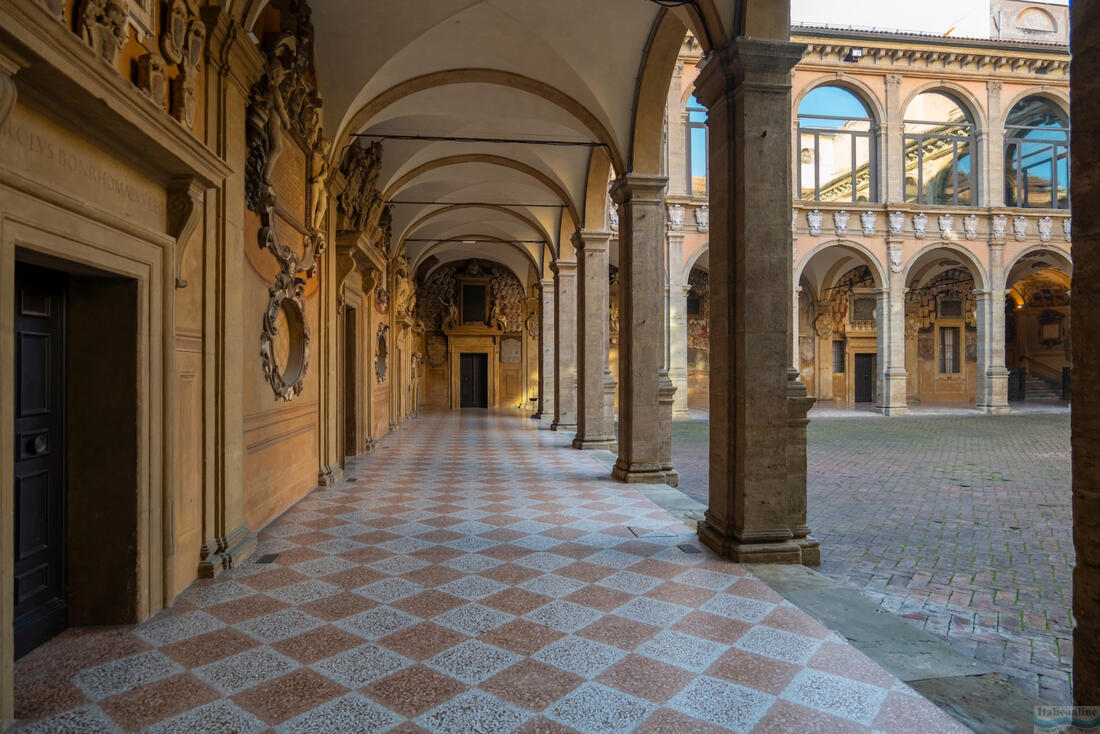
A typical portico in Bologna consists of a series of columns or pillars that support a ceiling structure, forming a covered space along the building. This space can be decorated with various architectural elements such as arches, frescoes and sculptures.
The longest portico in the world is the Portico di San Luca. It stretches over 3.5 kilometres and connects the city centre with the Basilica of San Luca at the top of the hill. This portico has 666 arches and is a popular place for walks and pilgrimages.
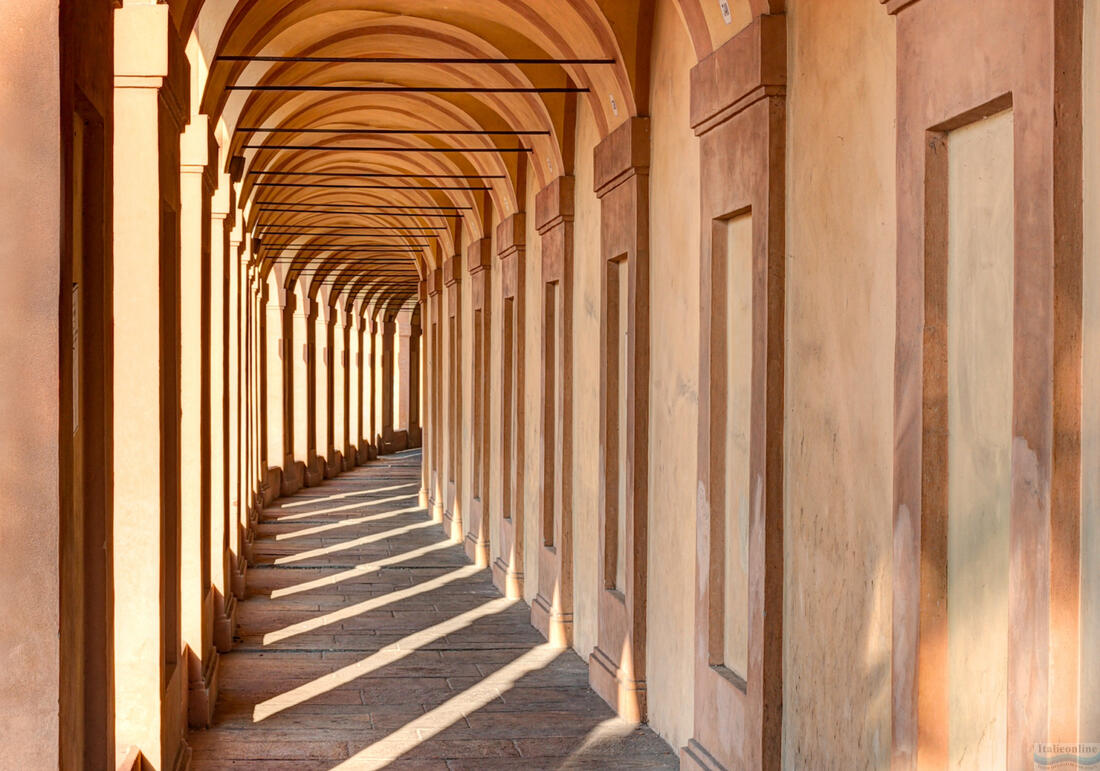
Another important portico in Bologna is the Portici di Via Zamboni. They are located in the university district and are known for their historical and academic atmosphere.
Porticoes are therefore not only a practical architectural feature, but also an integral part of the cultural and social life of Bologna.



